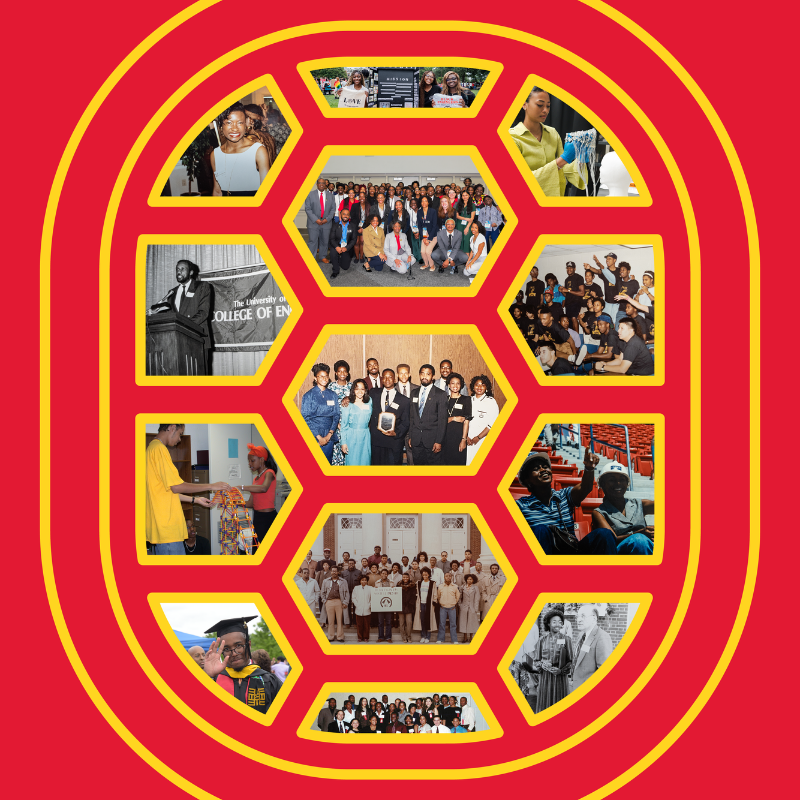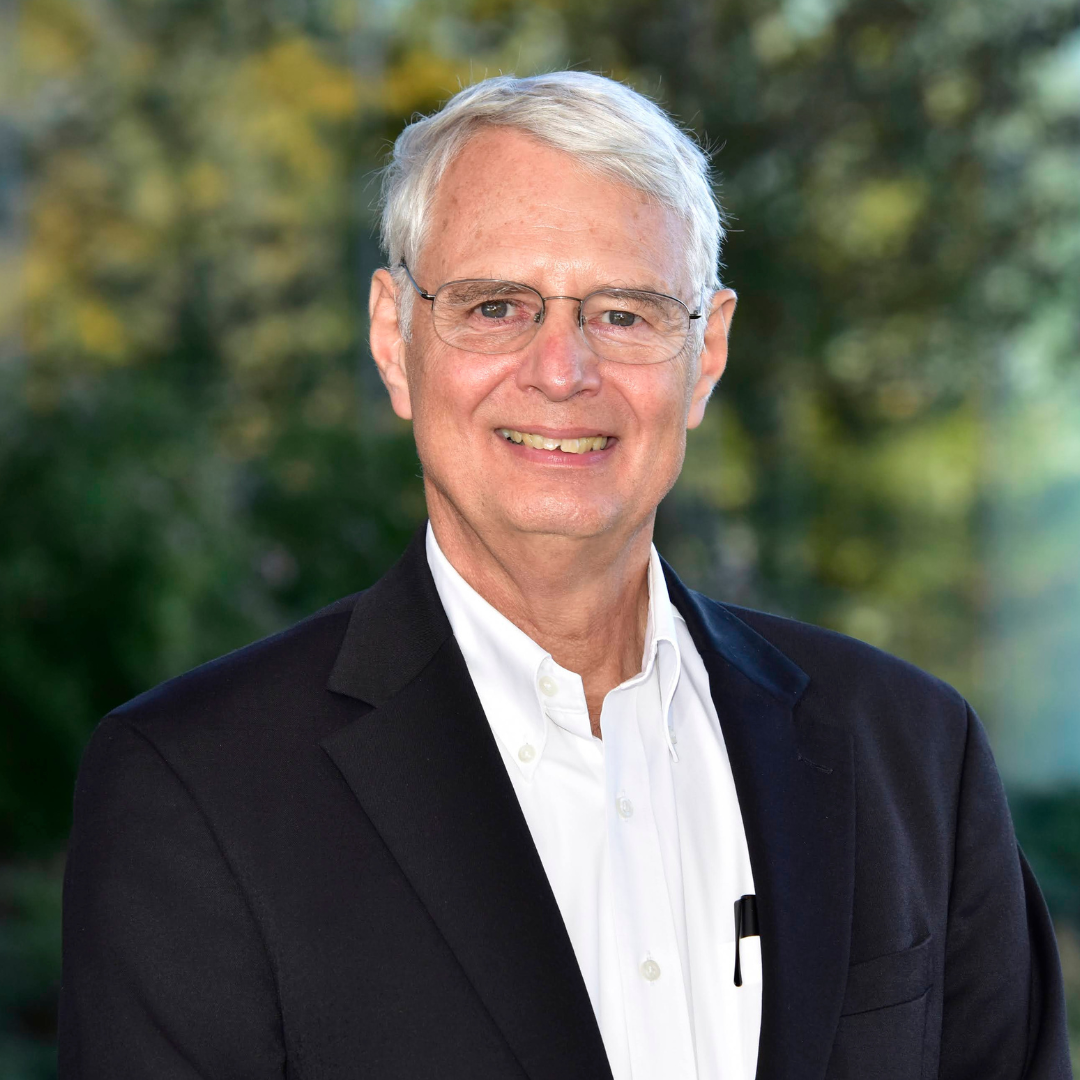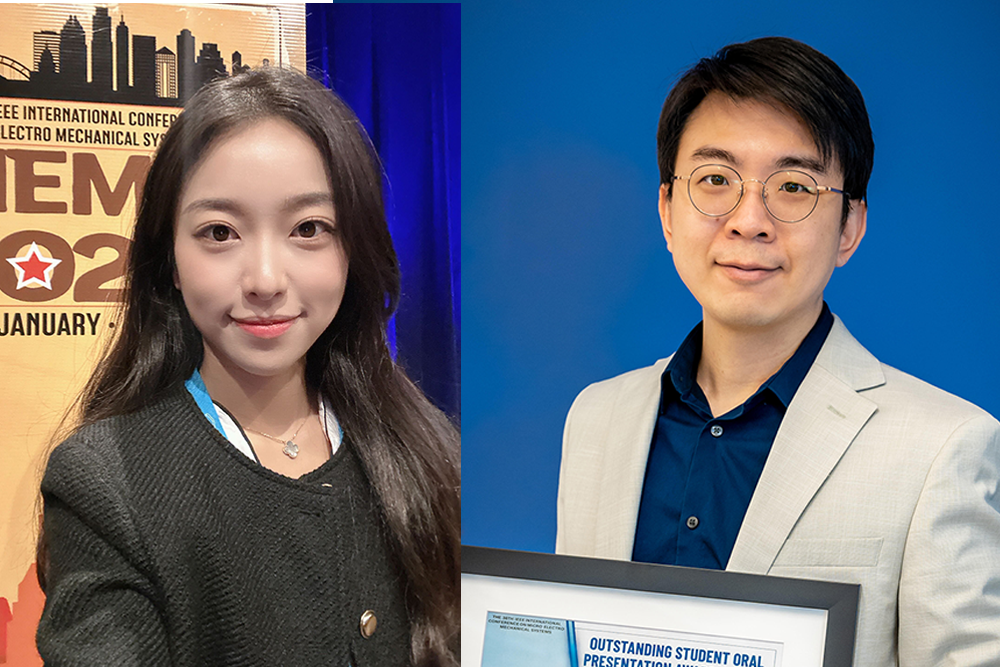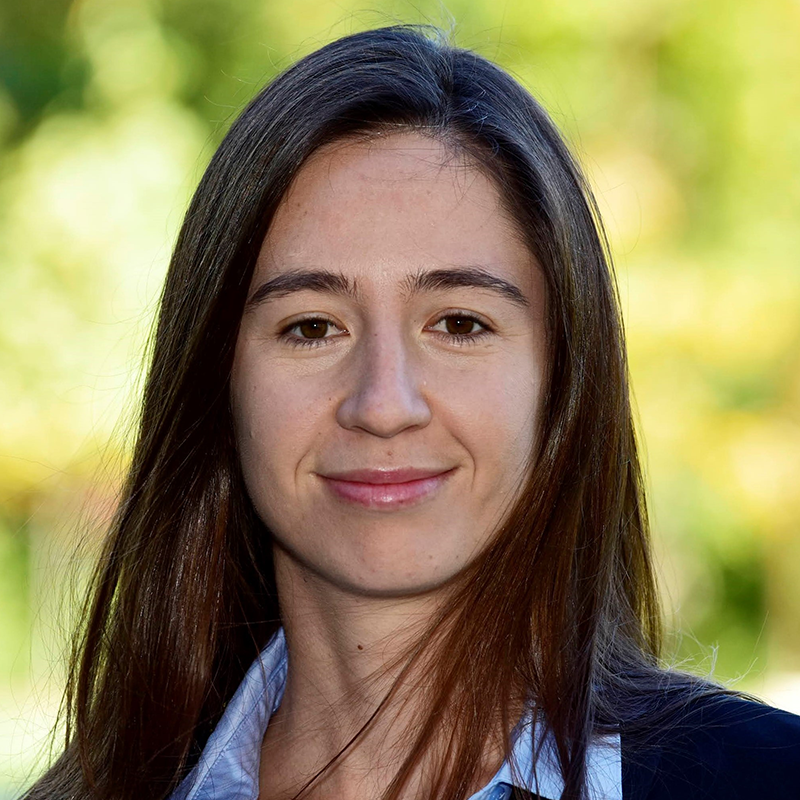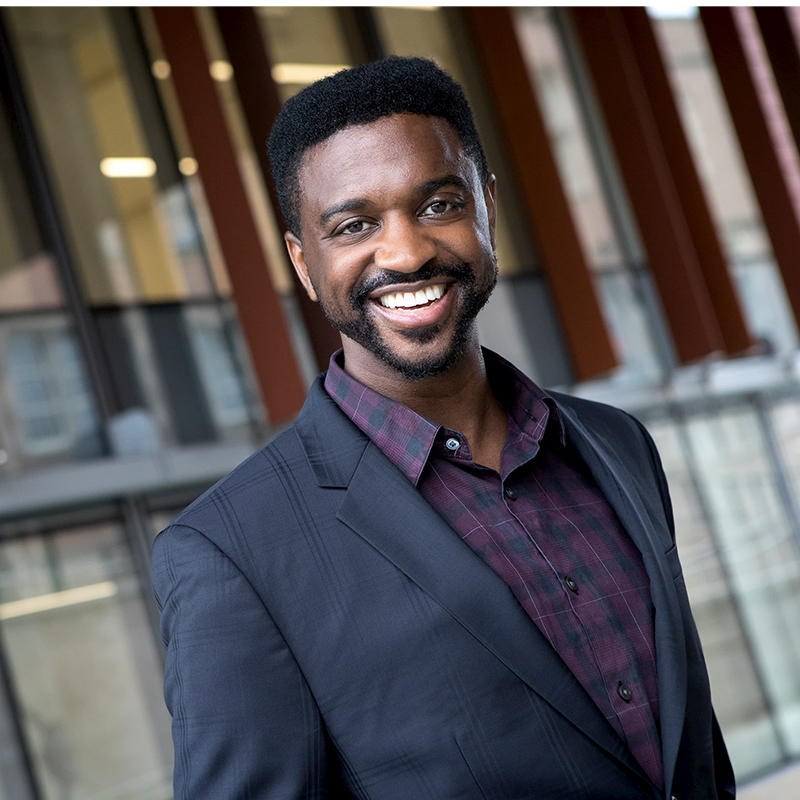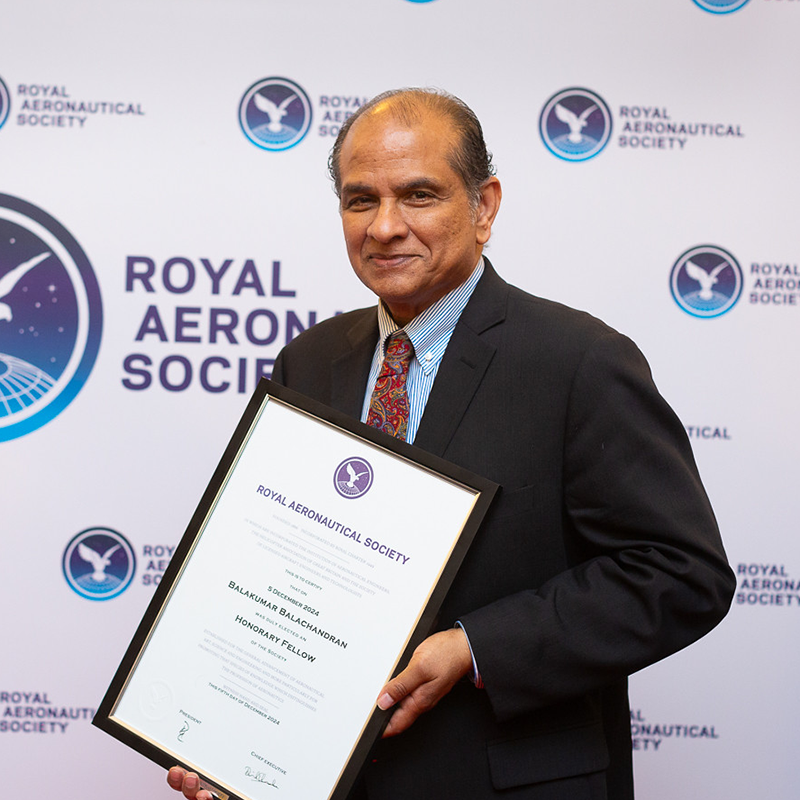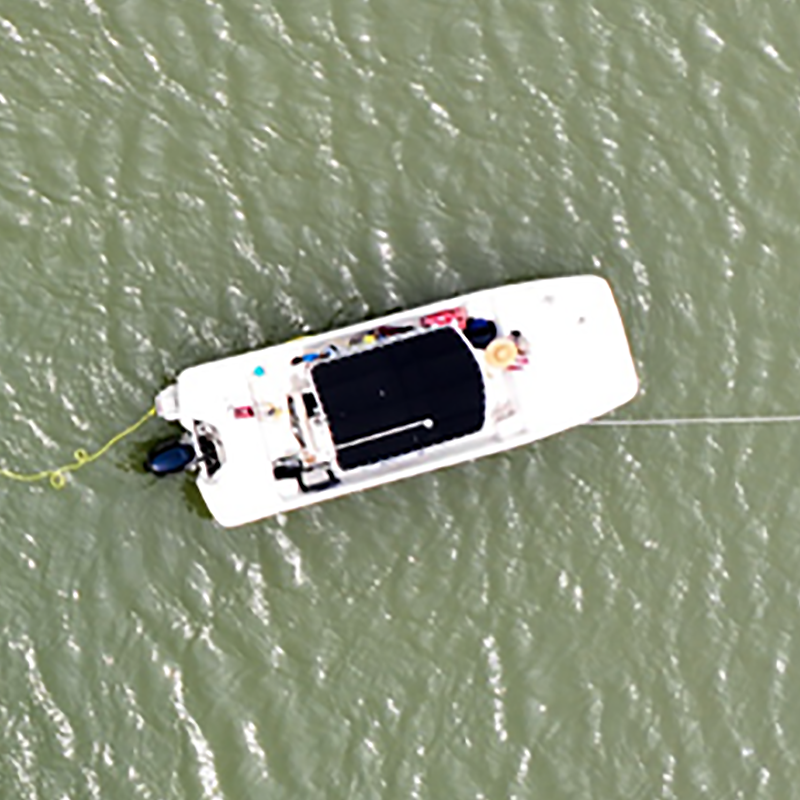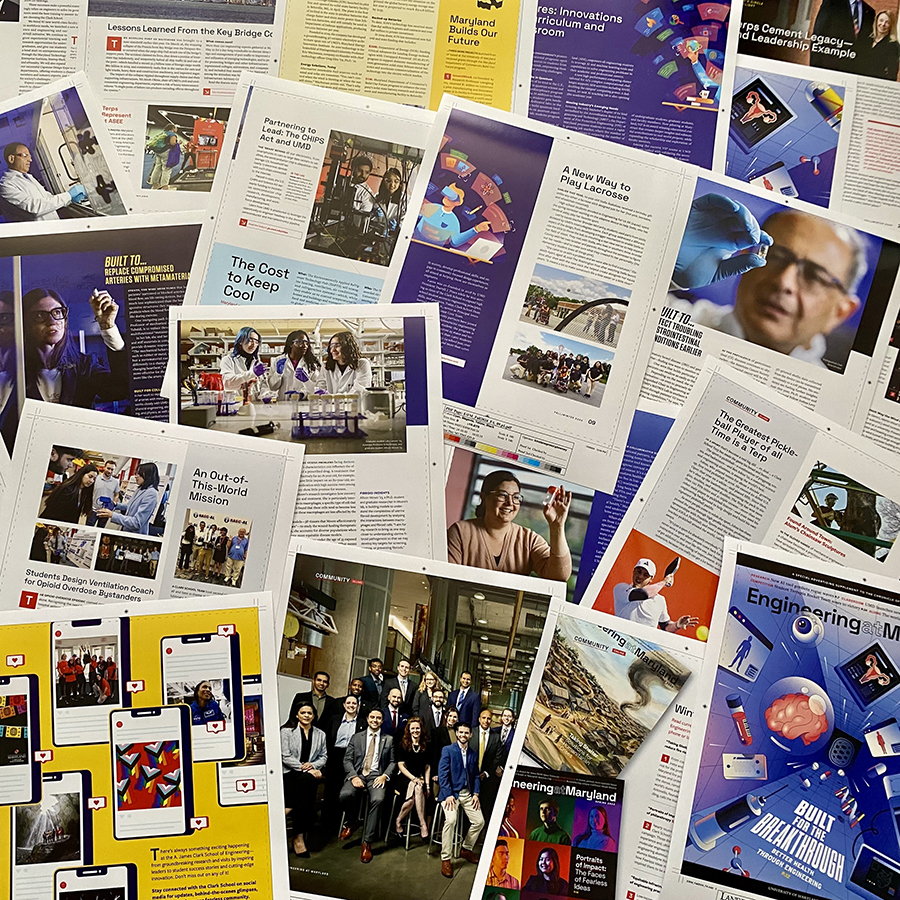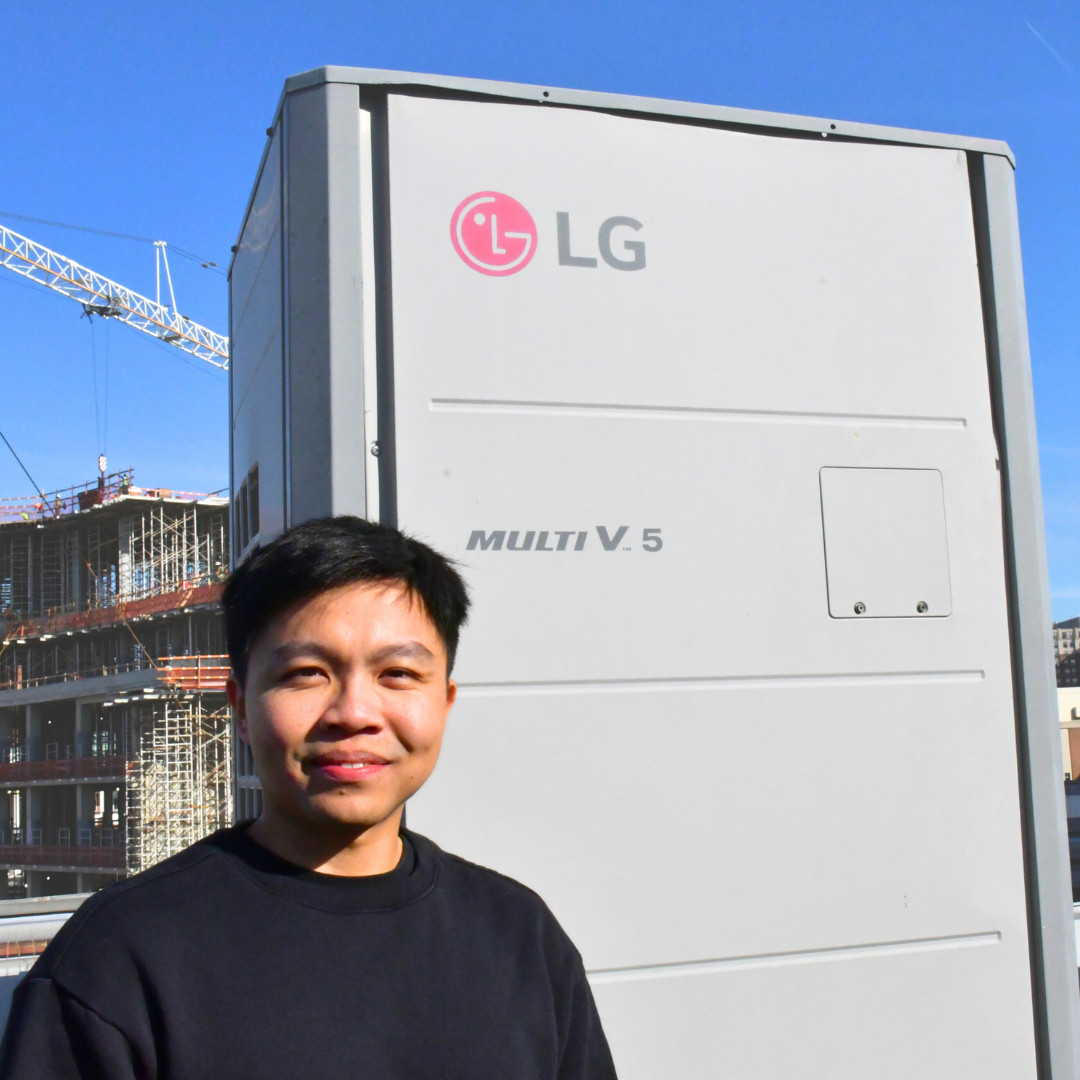News Story
UMD's First-time Entry Makes Good Showing in 6th International Submarine Races
Competing for the first time ever, the University of Maryland's entry, Terpedo, made a great showing at the International Submarine Races, a biennial engineering design competition, held June 11-15, 2001 at the David Taylor Research Center of the Naval Surface Warfare Center's Carderock Division.
Led by faculty advisors Dr. Marjorie Natishan and Dr. David Coder, the team of undergraduate mechanical engineering students from ENME 498P competed against 15 teams from across the U.S. and Canada, including Texas A&M University, University of Washington, Virginia Tech, University of Michigan, University of Quebec, University of British Columbia, University of California Santa Barbara, and the U.S. Merchant Marine Academy; also competing were two high school teams and two independent teams.
While overall the Terpedo team faced tough competition, they were thrilled to place third in the Two Man, Propeller Driven category, with veteran teams from Michigan and Texas A&M taking first and second respectively.
"The Human Powered Submarine Project began as an idea by two students who were looking for a design elective in their senior year and stumbled upon the International Submarine Race website and thought it would be a cool thing to try. Since the entire boat can be mechanical in design it seemed to 'fit,'" says Dr. Natishan. "They approached me to be the faculty advisor due to my experience with materials and working as an engineer in the Navy for 11 years - and off we went. That was in 1998!
"The main focus of the class is on design and manufacture of a human powered submarine. To do this the students must master hydrodynamics, controls, safety, propulsion and propeller design, materials and manufacturing. In addition many have to master SCUBA as the boats are freely flooded such that SCUBA gear is required for the pilot and propulsor. But the secondary focus is to have fun with this.
"We have received tremendous support from the ME department in our efforts and have been quite successful at obtaining quite a bit of contributions in equipment, time and labor as well as in testing facilities. Most of the testing for our sub was conducted in two places: the Neutral Buoyancy Facility that is part of the Aerospace Department and is run by Dr. David Akin. He has been tremendously supportive of our efforts allowing us access to his tank (50 ft diameter, 25 ft. deep) to test our submarine as often as we wanted. He even supplied support divers and he, himself, took many of the underwater photos that we have. We also had the opportunity to test at the MASK facility at the Navy's Carderock Division of the Naval Surface Warfare Center in Bethesda. Ed Leibolt has also been a tremendous supporter of our helping us with our design and getting as the opportunity to test in Carderock. While it was not the same facility used to run the actual race, it had many of the same conditions and provided a huge, open tank in which to actually run our boat down a course."
Team member Russ Stein noted that "from a student's perspective, I found it to be a much more rewarding experience to encounter the many difficulties that we did and to overcome them in the end. We struggled all week long, but we never gave up. Ultimately, we pulled together as a team and managed to produce not only a viable product, but a winning one at that. I had a fantastic time working on the submarine. This was a more applied type of engineering in contrast to the daily theoretical engineering that you get in classes like thermodynamics and fracture mechanics — I was able to get a complete introduction to ALL the aspects of being an engineer from theory, to application, to working in teams, to being a team leader. I truly believe that an education that provides me with the all around experience that this course has is invaluable."
Added Natishan, "We were all ecstatic about the subs performance. None of us had ever done anything like this before, and you can't know what you will face until you do it. We had tested the boat several times but that was in working out the kinks of the design. We'd not ever had a completely successful run... until Friday! It was fantastic to come to the surface after launching the boat to hear that we had finished the course! And to have come in third for speed in the two person, propeller driven category against teams that had competed before was great!"
Published June 19, 2001

